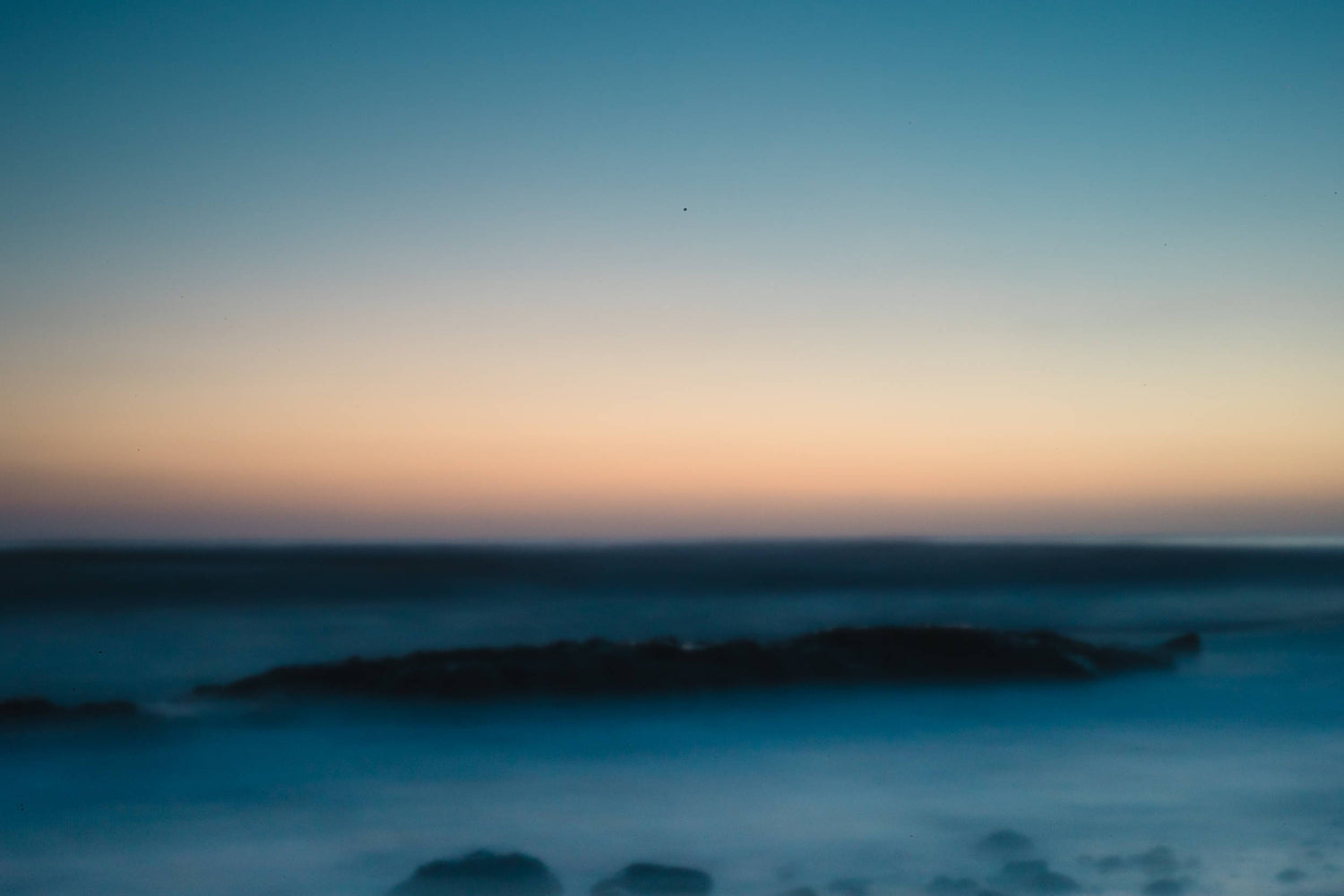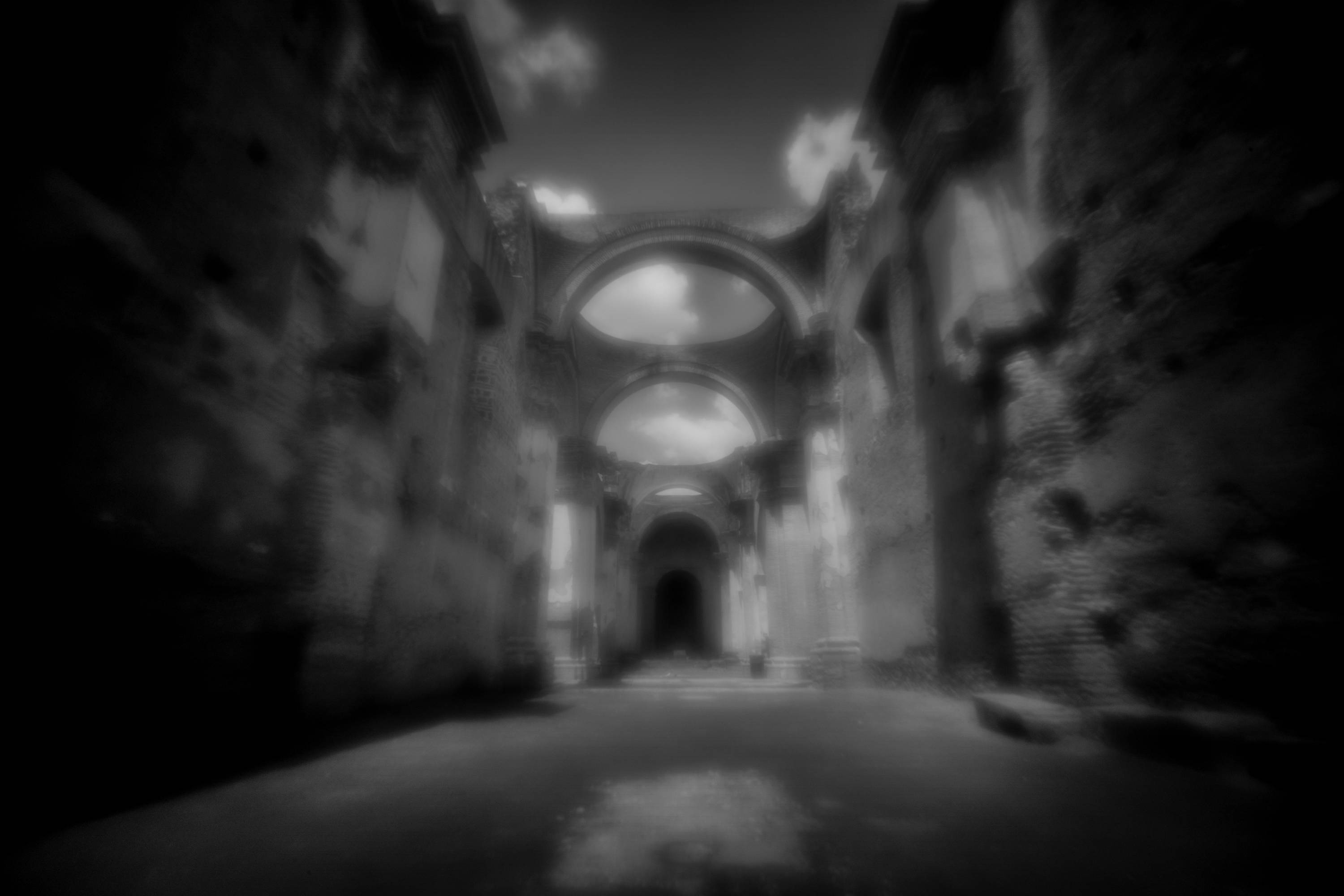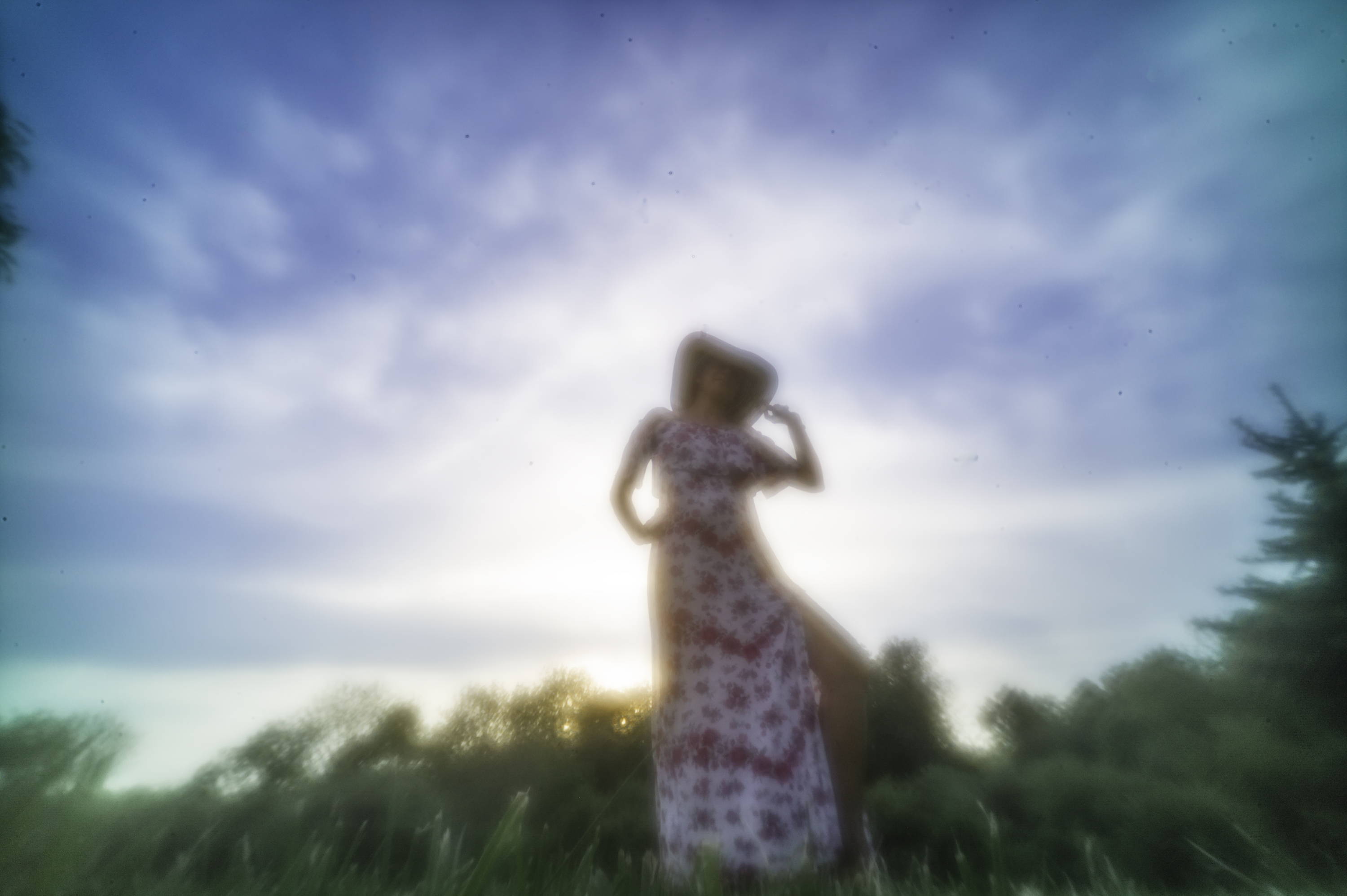Lensbaby Obscura 50mm | ISO | 640 | 30s | Canon 5D Mark IV
The Camera Obscura dates all the way back to the 4th century BCE and is the earliest image projection technique known to the industry. Now, with Lensbaby's Obscura camera lens photographers can transport themselves back to an earlier time to create old-world images that are rooted in history. If you're wondering how this ancient technique can fit into the modern world of photography, our expert photographer Ute Reckhorn is here to answer all your questions. Read on for a more in depth look into the historical background of this camera lens and Ute's personal experience creating modern day photography with the Camera Obscura.
Did you know that Camera Obscura, which is Latin for the dark chamber, is the term for a photography technique that can be considered the origin of modern photography? I recently discovered this ancient technology when Lensbaby released their newest product, a pinhole lens, which I got to beta-test over the last few months. It surprised me to learn that modern photography has roots far older than a few centuries. But is any of this still relevant?
Lensbaby Obscura 50mm | ISO | 800 | 1/30 | Canon 5D Mark IV
Lensbaby Obscura 50mm | ISO | 100 | 25s | Canon 5D Mark IV
To help you understand what I’m talking about, let me give you a brief introduction to pinhole photography. Imagine a dark and empty room with a small pinhole in one wall. The light that comes through that pinhole projects a scene from outside on the opposite wall. This scene is upside down because of physical laws but an accurate depiction of the outside world.
Historical Background
Philosophers and scientists have been intrigued by this phenomenon since before the Bible was written, and it eventually led to the development of the modern-day camera. Although we have now developed high-tech and lightweight cameras, the Camera Obscura concept was never forgotten and is still used by photographers worldwide. Here’s what I have learned about this brand-new technology yet ancient technique over the last few months.
Lensbaby Obscura 50mm | ISO | 100 | 25s | Canon 5D Mark IV
Technical Information
Typically the term pinhole photography refers to lensless photography, where a tiny hole replaces the lens. When light passes through the tiny hole, it develops film in a dark chamber. For the last few months, the device I have been using is Lensbaby’s brand-new lens that mimics the Camera Obscura effect even though it technically is a lens that works with modern DSLRs or mirrorless cameras. The lens offers three aperture choices, ranging from f/32 to f/161. As you can imagine, this translates into really long exposure times and requires either a tripod or high ISO numbers to get a good exposure.
Lensbaby Obscura 50mm | ISO | 5000 | 1/60 | Canon 5D Mark IV
My Personal Experience
The first thing I learned was about focus and depth of field. Strictly speaking, pinhole cameras have no focal lengths but instead have an infinite depth of field. In the beginning, I found this irritating because it conflicted with my previous knowledge of photography, but later it became liberating as it sparked my creative curiosity.
"Typically the term pinhole photography refers to lens-less photography, where a tiny hole replaces the lens."
Lensbaby Obscura 50mm | ISO | 1000 | 1/20 | Canon 5D Mark IV
Lensbaby Obscura 50mm | ISO | 4000 | 1/10 | Canon 5D Mark IV
Typically pinhole photography is used for dark and moody landscapes, so that was the first thing I tried with my Camera Obscura. Next, I packed my tripod and exposure meter and went to the beach. The resulting long exposures have a unique, dream-like quality and feel very vintage.
After that first trip, I was hooked. The time spent at the beach, waiting for my camera to finish a three-minute-long exposure, with nothing else to do but enjoy the scenery, ignited my passion for this newfound medium. At the same time, I knew I needed to find a more practical way of using this style of photography. I wanted to capture moving subjects without a tripod while creating brighter colors. So I started raising my ISO to a level I normally wouldn’t associate with daylight photography. For the next few weeks, I took the lens everywhere and explored our daily life. I even started incorporating some double-exposures into these pictures.
Over time I learned that this kind of photography requires bright daylight. That discovery allowed me to explore a new genre. Until then, my favorite time of the day for photography had been early morning hours or late afternoons - the so-called golden hour.
Shooting with the Camera Obscura needs either long exposure times to compensate for the small aperture sizes or a LOT of light. Midday and blue skies are ideal for this kind of photography. As a side effect of my newfound love for midday photography, I found myself paying a lot more attention to composition and colors. Instead of working with bokeh and backlight, I started dabbling with long-exposure photography. Modern cameras and shorter exposure times require a Neutral Density filter for long exposures when working around noon. But with the Camera Obscura, you don’t need to add a filter if you are at the smallest aperture of f/161. Later I added ICM (Intentional-Camera-Movement) to the long exposures. This new kind of photography has given me a lot of freedom, and I highly recommend trying it out for yourself.
Lensbaby Obscura 50mm | ISO | 2000 | 1/15 | Canon 5D Mark IV
Final verdict
You don’t need high-end and expensive equipment to create beautiful and meaningful images. It’s all about the imagination, passion, and knowledge of an art medium that will allow your work to shine. The Camera Obscura will push you to look at things differently and make you aware that just a simple tool and envisioning a picture is enough to bring your ideas to life.
Images taken with Lensbaby Obscura 50
Want your shots featured by Lensbaby?⠀
Be bold and shoot extraordinary! Make sure to tag your photos on IG with #Lensbaby, #ShootExtraordinary, and let us know what gear you’re using. 📸 ⠀
Ute Reckhorn
Ute Reckhorn, a Los Angeles based photographer, started her photography journey in 2012. After picking up her first Lensbaby lens in 2015, she immediately fell in love with its playfulness and the the ever-growing community of Lensbaby artists.
Originally documenting her own family of five, Ute blended her photographic skills with inspiration that comes from 20 years of moving around the globe. With roots all around the world and a deep love for the Californian lifestyle as her inspiration, she creates portraits and landscapes that evoke emotion and a sense of movement.
Lensbaby products allow her to show people and landscapes as she imagines them, not as we see them. She believes that there is no point in making pictures that you can see with the naked eye when you can bend your vision to your liking. Ute’s photography explores unique personalities, nonconforming subjects and represents feelings instead of looks.
When she’s not taking pictures, she teaches photography and offers photo walks in the South Bay Area of LA.
Instagram Website Facebook



Leave a comment
All comments are moderated before being published.
This site is protected by hCaptcha and the hCaptcha Privacy Policy and Terms of Service apply.